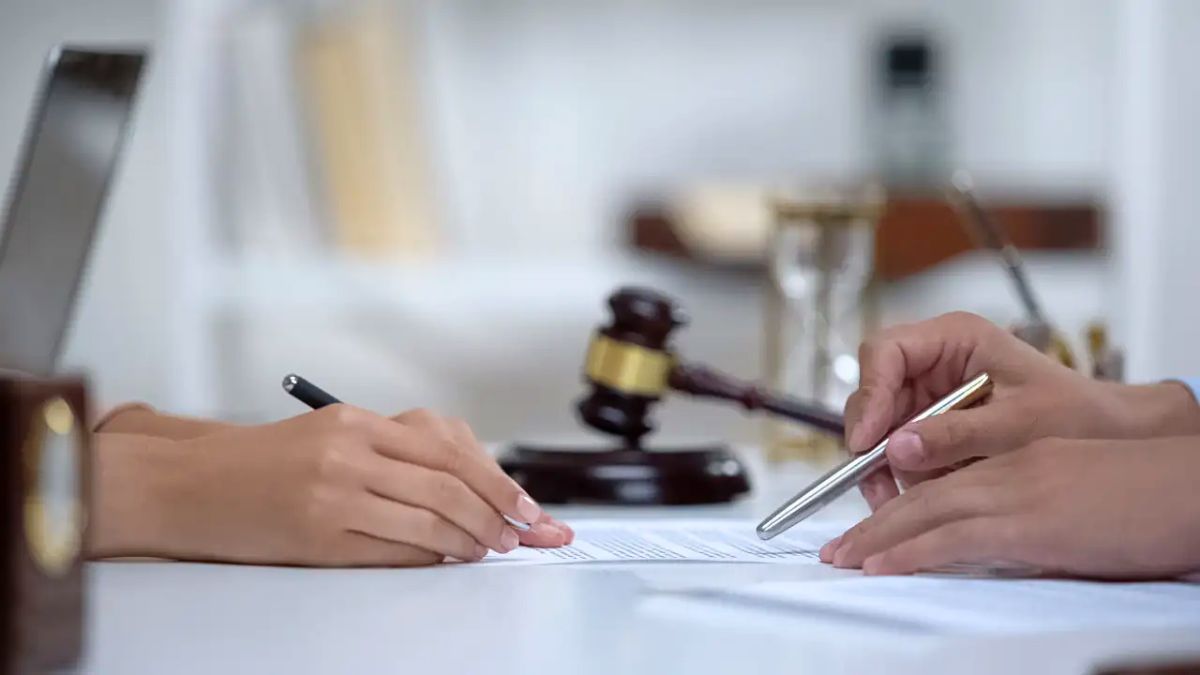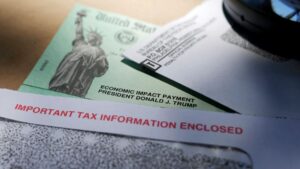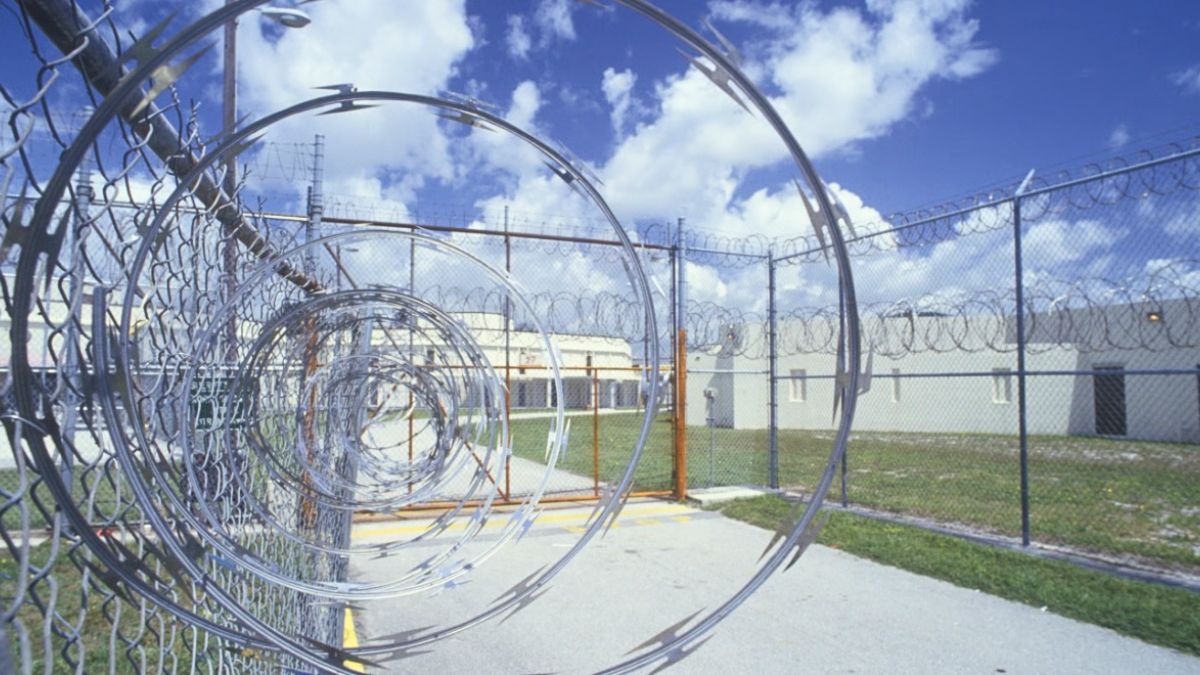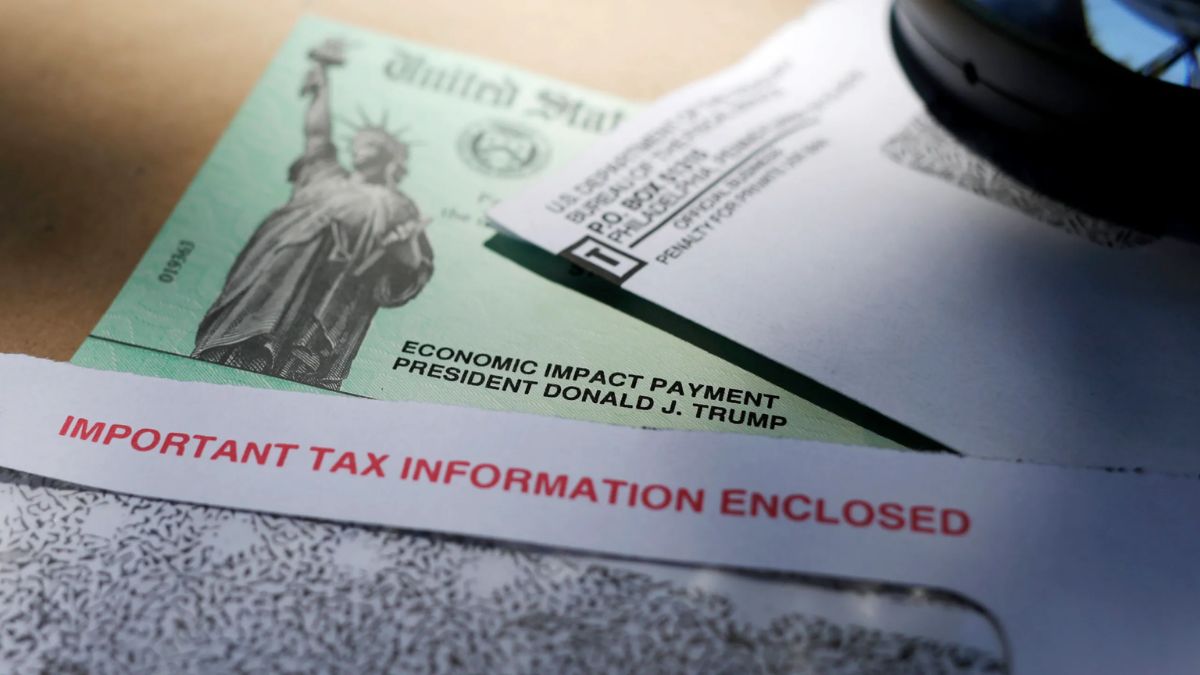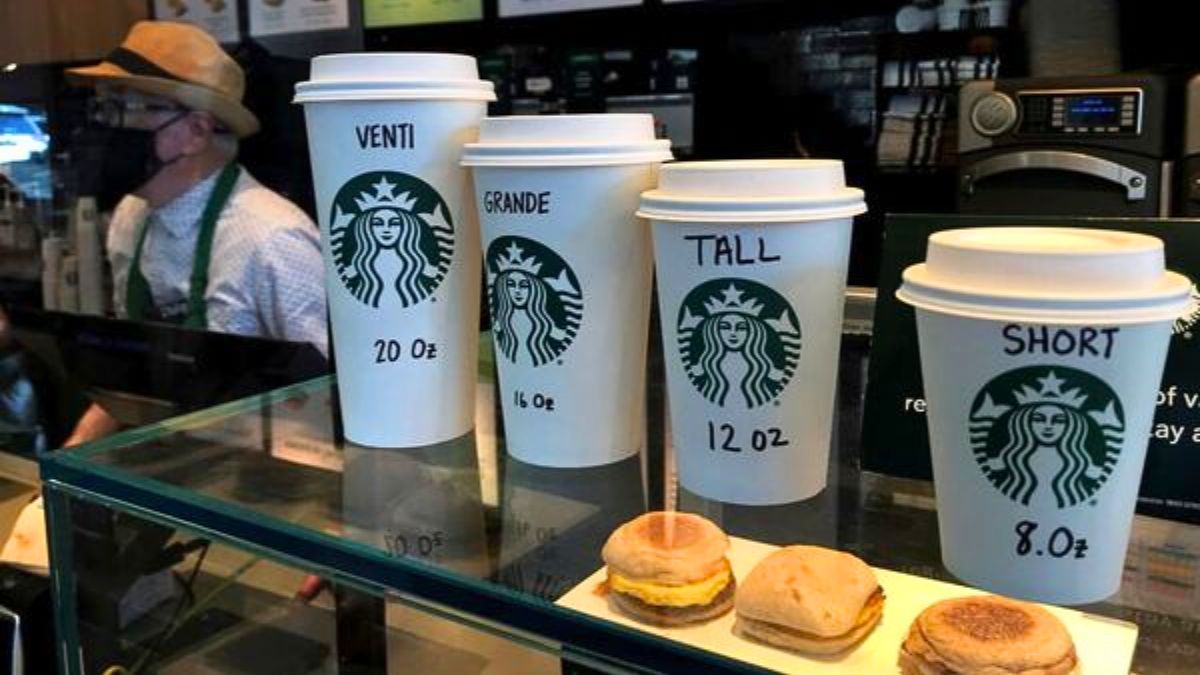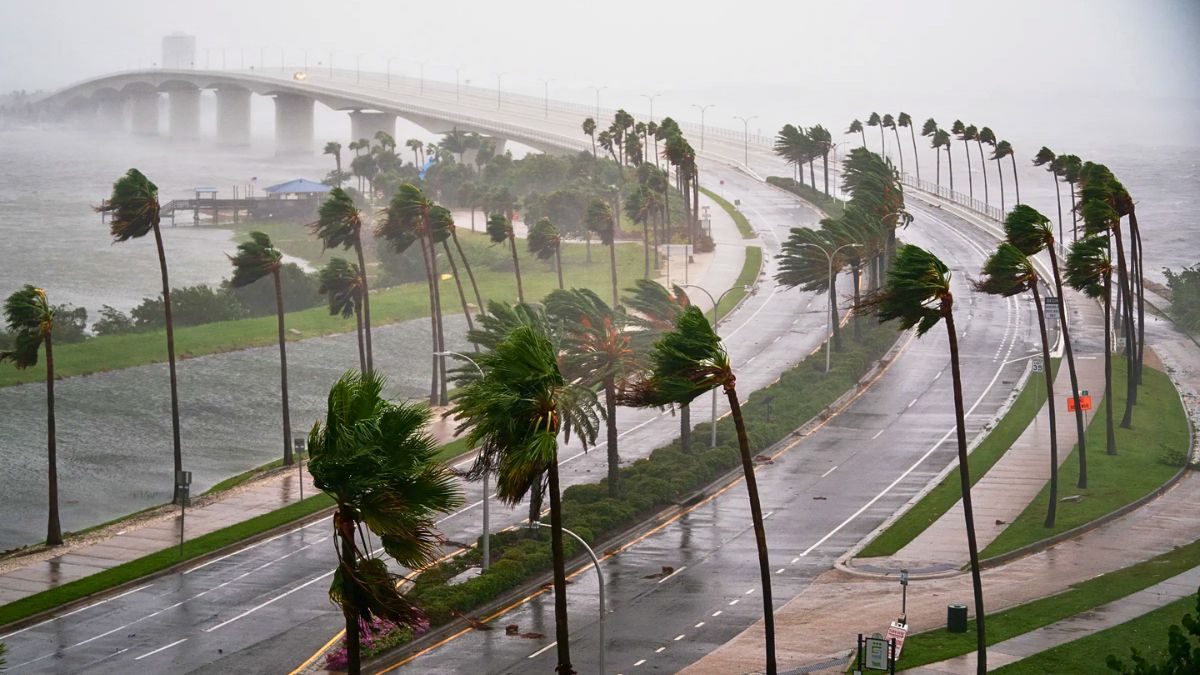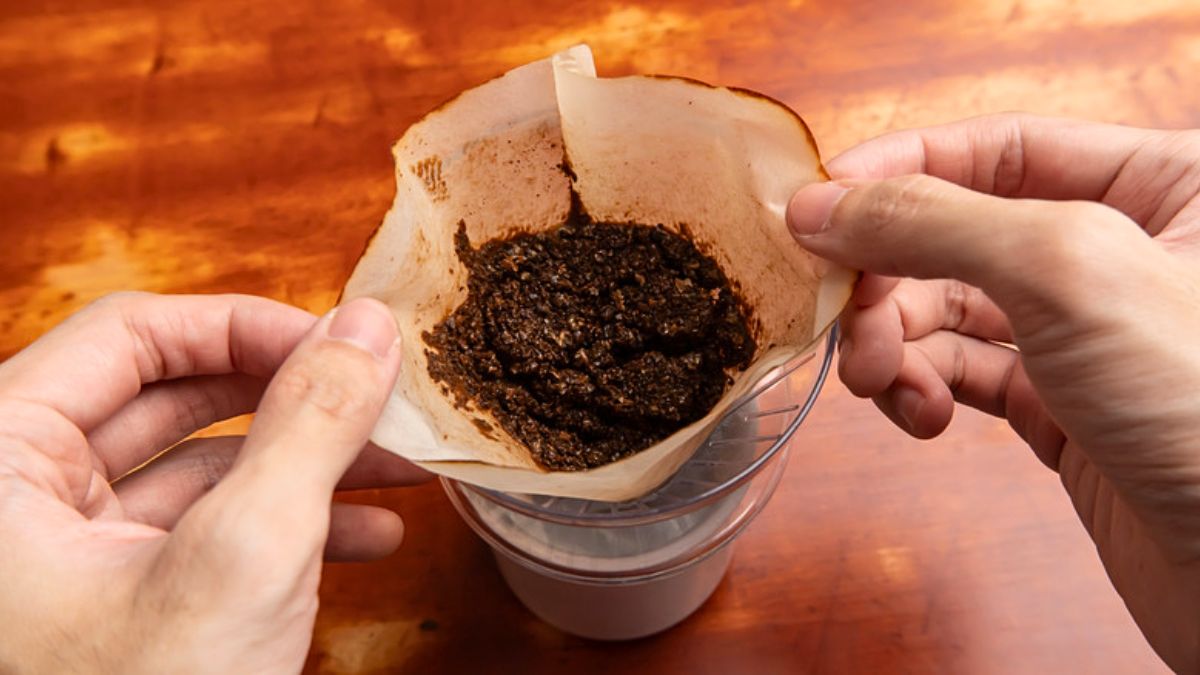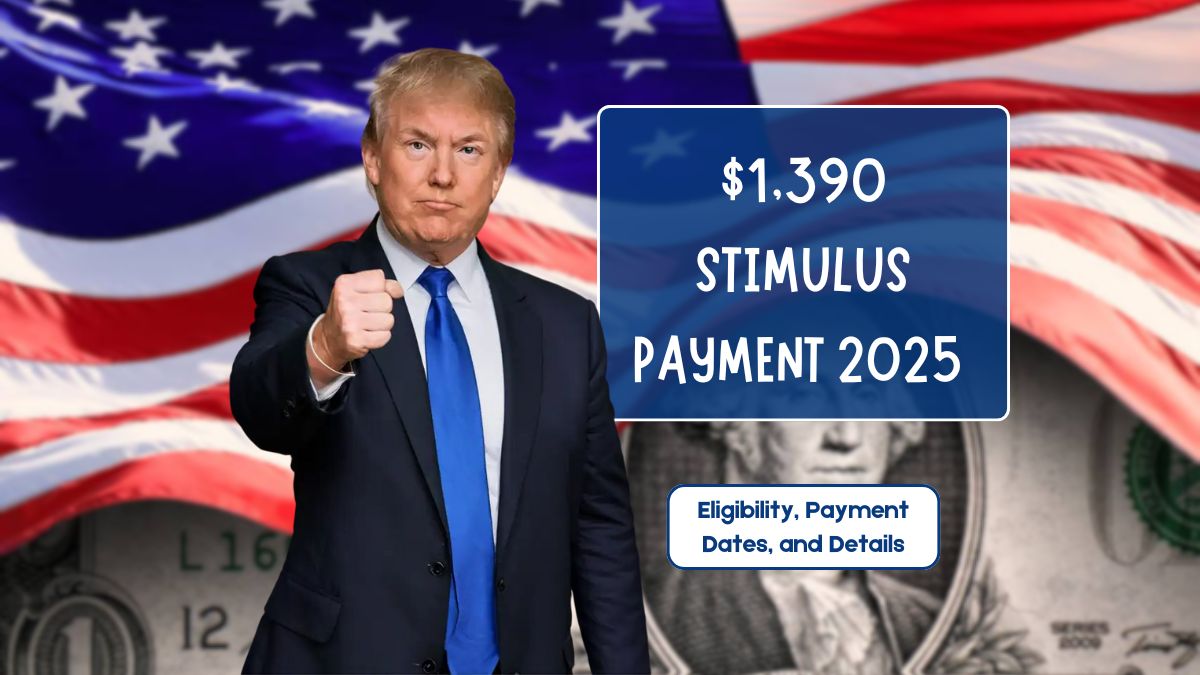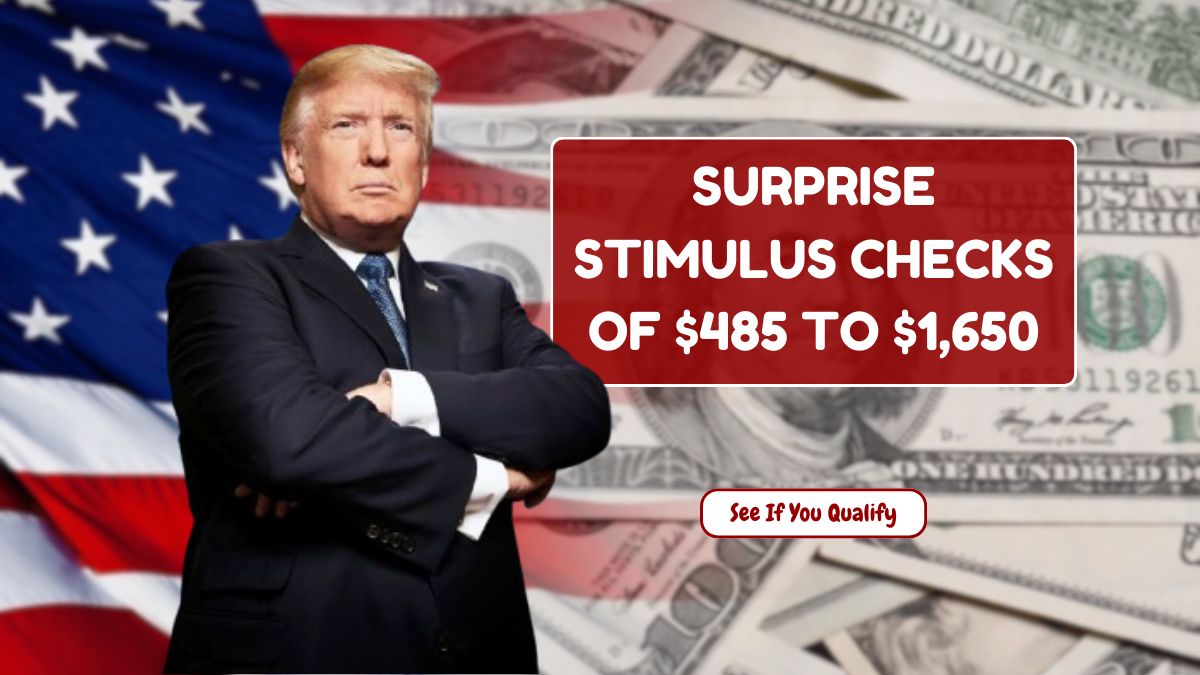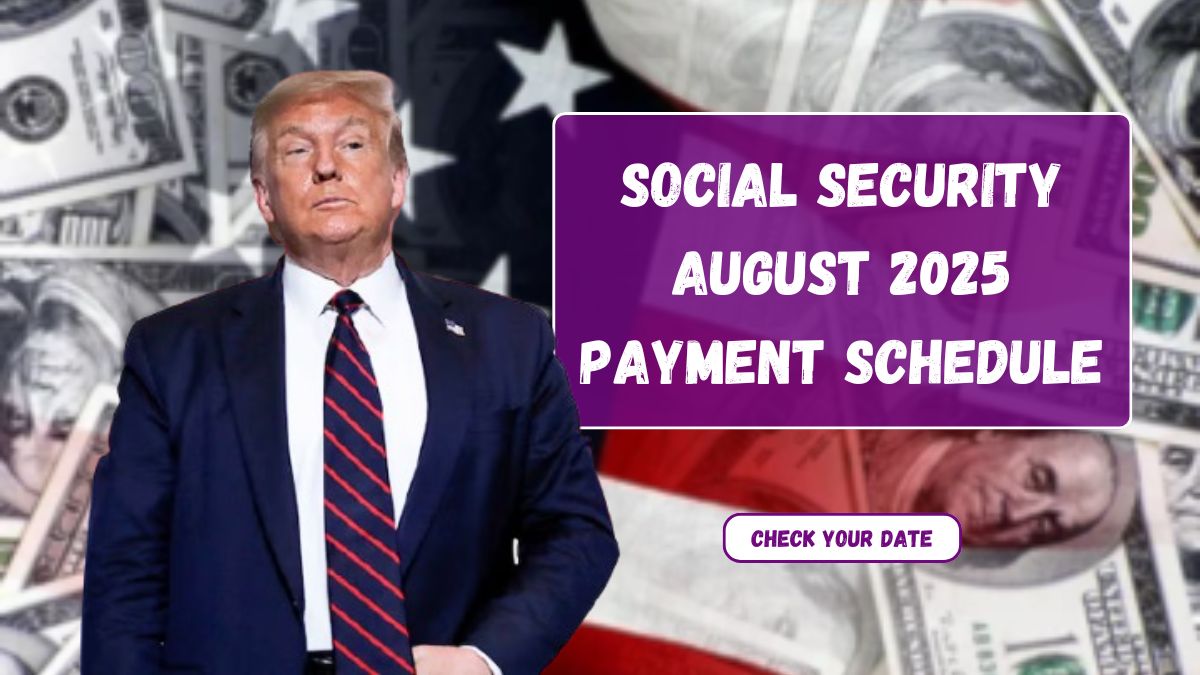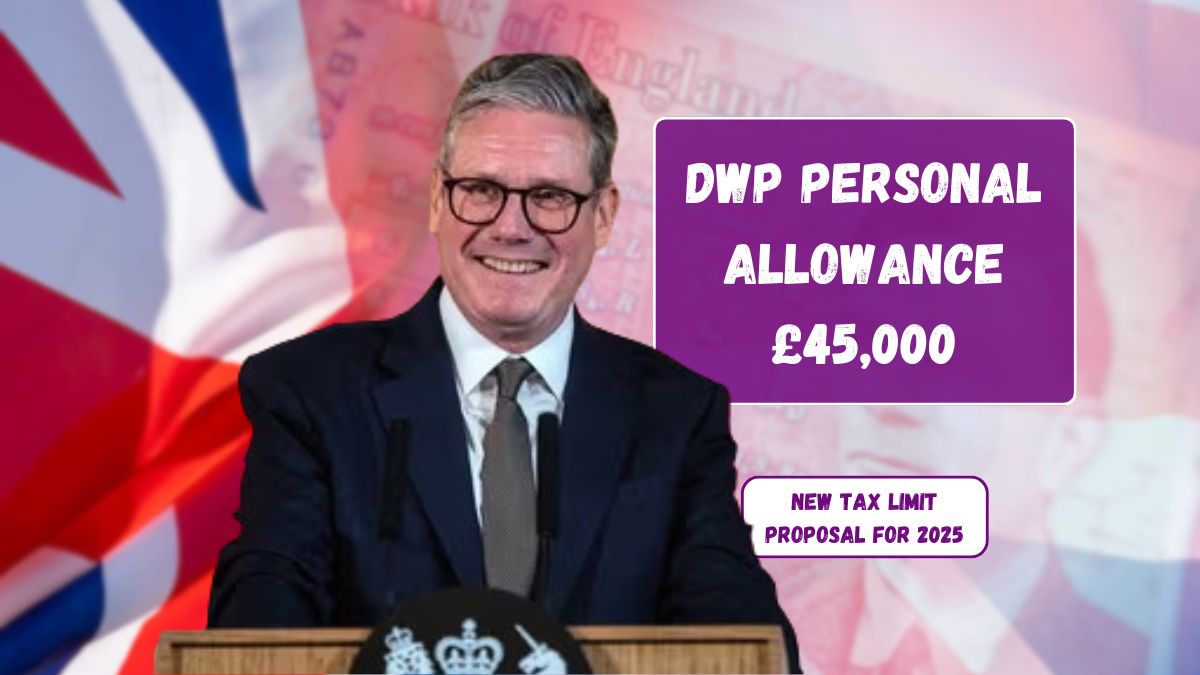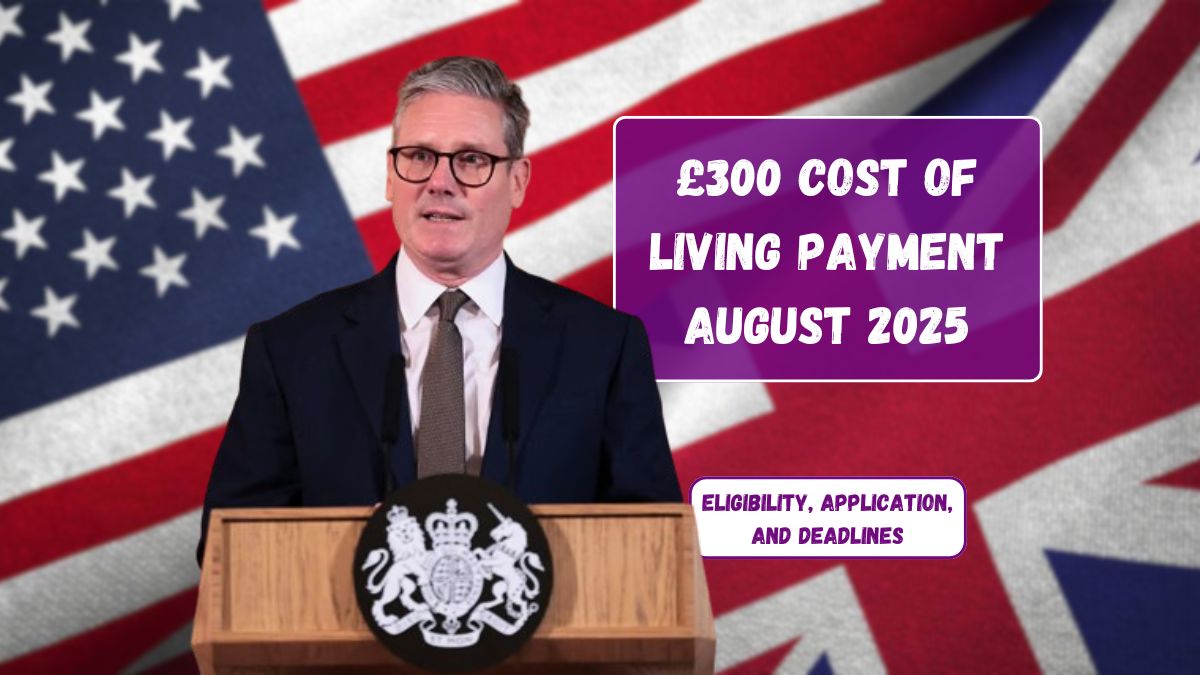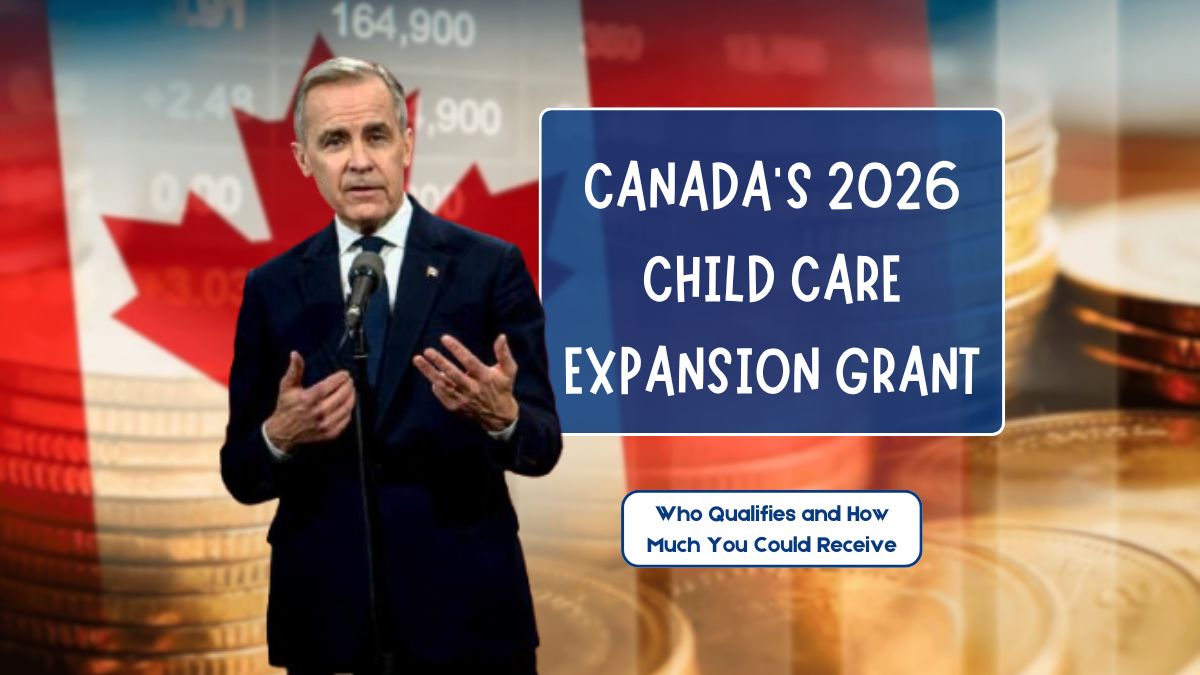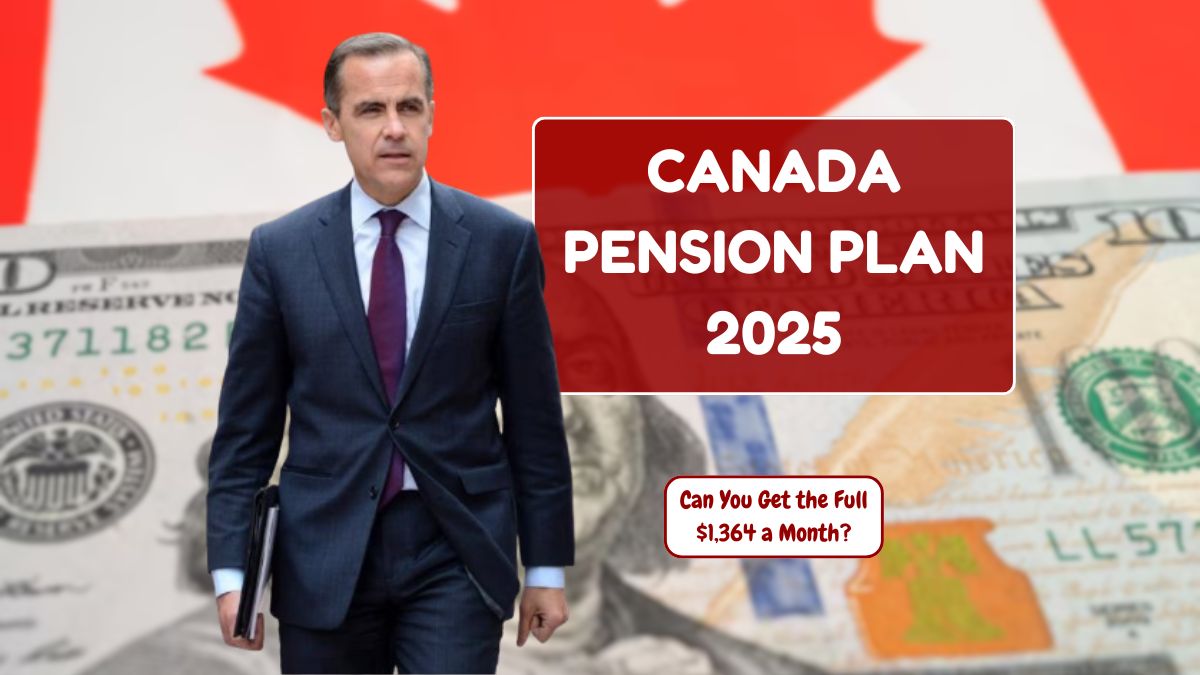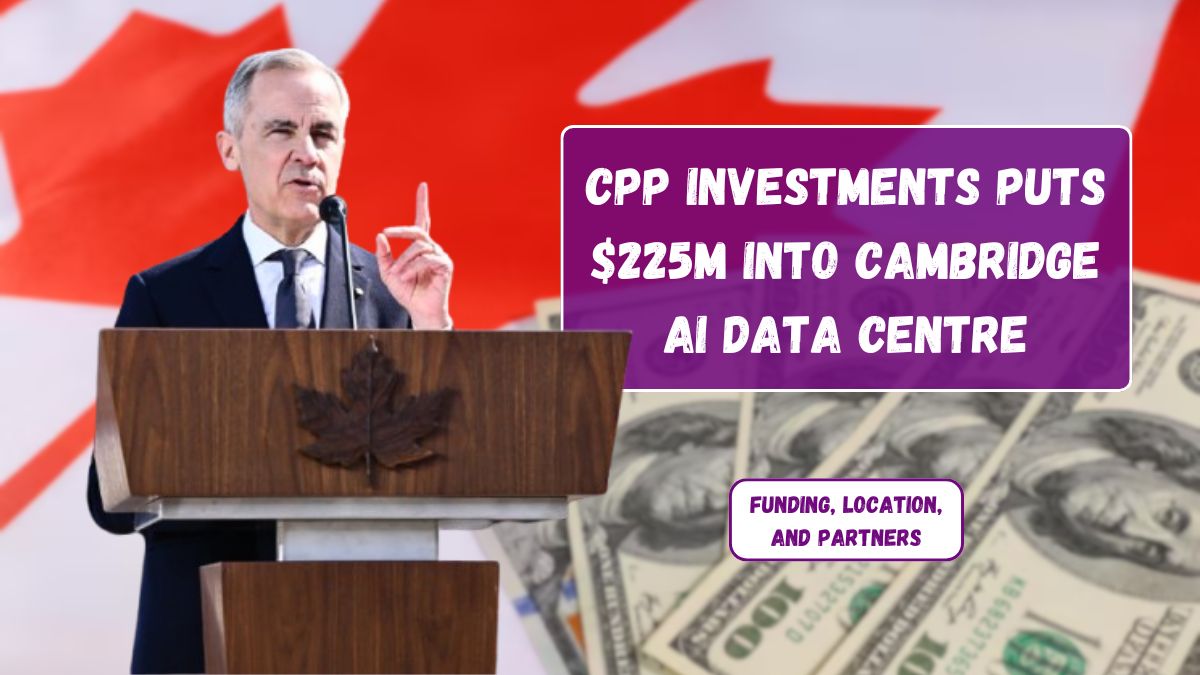Have you ever been interrupted by an annoying robocall? You know, the ones that start playing a recorded message before you can even say hello. If it happened to you between 2014 and 2019 and the caller was Credit One Bank, there’s a chance you might be owed money. That’s exactly what a group of people claimed—and they filed a class action lawsuit that could soon put cash back in your pocket.
Background
Credit One Bank is known for offering credit cards to people with less-than-perfect credit. But from 2014 to 2019, the company reportedly made a lot of automated calls—using robocalls and pre-recorded messages—to people who didn’t give permission to be contacted.
That’s a problem. In the United States, companies aren’t allowed to contact you with robocalls unless you gave them clear permission. It’s part of consumer protection under federal law. And that’s where this class action lawsuit comes in.
Lawsuit
The people affected decided to join forces and file a class action lawsuit. Instead of hundreds or thousands of small individual lawsuits, a class action allows everyone impacted by the same issue to sue together. In this case, they claimed Credit One broke the rules by contacting them without permission.
While Credit One Bank hasn’t admitted doing anything wrong, the company agreed to settle the case for 14 million dollars.
Settlement
So what does that mean? It means the company chose to pay that amount to end the lawsuit instead of continuing to fight in court. This is called a settlement.
That money will be divided among the people who received those calls—especially those who didn’t agree to be contacted.
Eligibility
Now the big question: who gets paid?
If you got a robocall from Credit One Bank or one of their partners between 2014 and 2019, and you never gave permission for those calls, you might be eligible. Here’s the catch—you don’t have to be a Credit One customer. If they called your number and you didn’t opt in, you could still qualify.
Proof
Do you need proof to get paid? Not necessarily.
There are two possibilities:
- If you do have proof, like phone records or screenshots, you could receive a larger share of the settlement.
- If you don’t have proof, you might still qualify, but your payment could be smaller.
Either way, it’s worth checking if your number was on their call list.
Payment
The exact amount each person will get isn’t known yet. That’s because it depends on how many people submit claims, how much proof they provide, and how the court decides to divide the $14 million.
Some people are speculating payments could go up to $1,000 per person. But again, that’s not confirmed—so stay tuned.
What’s Next?
Right now, there’s no official settlement website available. That means the important stuff—like where to file a claim, the deadline to submit it, or when the final approval hearing will happen—is still pending.
If you think you’re eligible, your best move is to keep checking for updates online. Once the official site goes live, it’ll guide you through the claim process.
Takeaway
This case is a great reminder that consumers have rights—and tools like class action lawsuits to protect them. It also shows that even big companies can be held accountable if they don’t follow the rules.
If you were contacted by Credit One Bank between 2014 and 2019 without your consent, you might be able to claim a portion of the settlement. Proof or no proof, your voice still matters. So keep an eye out for updates. You just might get compensated for those unwanted calls.
FAQs
Who can file a claim?
Anyone who got Credit One robocalls from 2014–2019 without consent.
Do I need to be a customer?
No, just receiving the call without consent makes you eligible.
How much could I receive?
Estimates suggest up to $1,000, but exact amounts aren’t final.
Do I need proof to file a claim?
Proof helps but isn’t required. You may still qualify without it.
Is the settlement website live?
No, it’s not live yet. Check back soon for updates.

